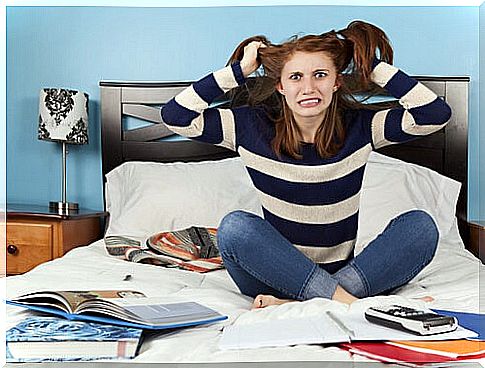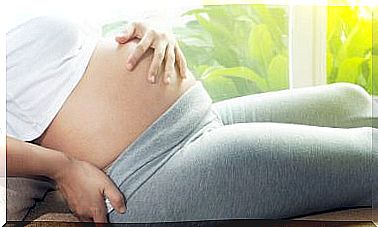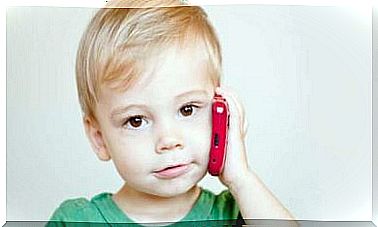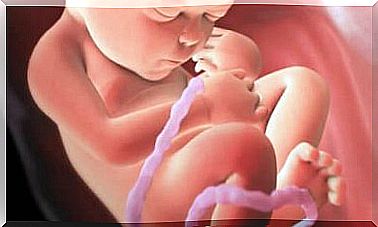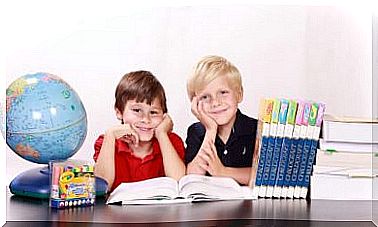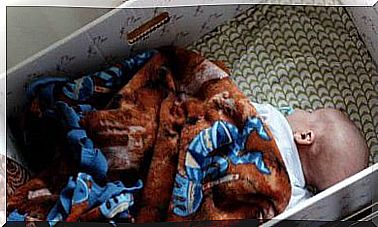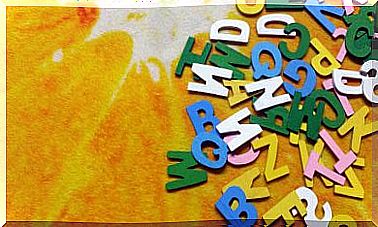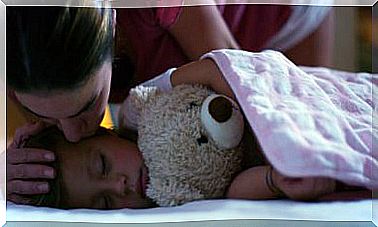Trichotillomania In Children: What Is It And Why Does It Occur?
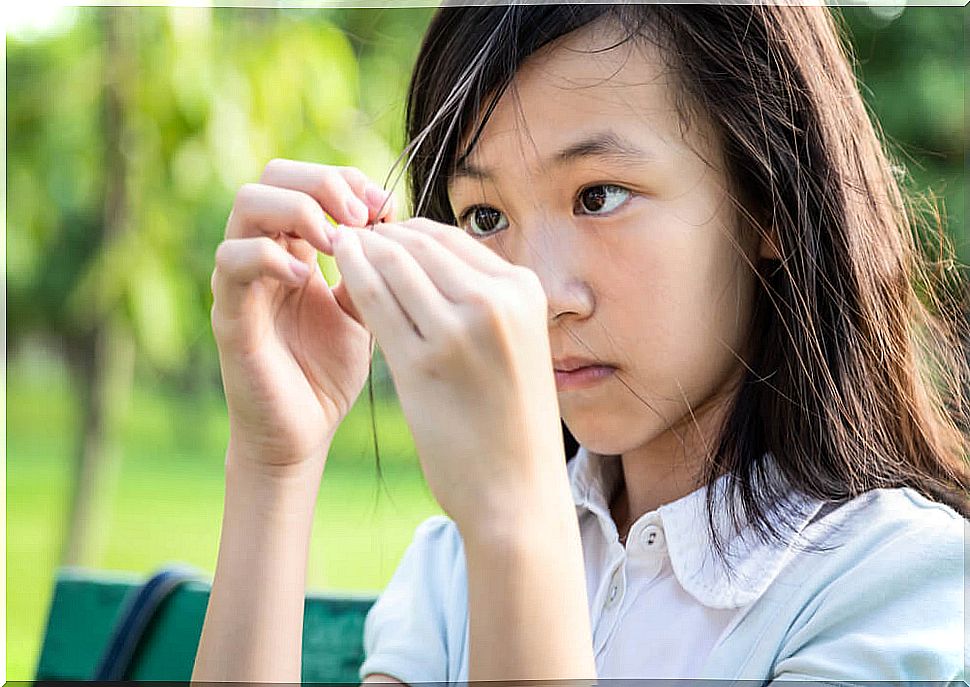
Trichotillomania is an impulse control disorder in which a child repeatedly pulls his own hair. Although it is a rare condition, its presence can scare both the infant and its parents, given how striking it is. Therefore, it is important to have adequate information about the characteristics of the disorder.
The area most commonly affected by this habit is usually the head. But hair removal can also occur in other areas of the body such as the eyebrows, eyelashes, armpits or pubis. You have to know that it is not a premeditated and controllable action; Rather, it is an irresistible impulse, so there is no use asking the child for explanations of why he is doing it, yelling at him or punishing him for his behavior.
What is trichotillomania?
Trichotillomania is the recurrent pulling of hair or hair from other areas of the body. This action takes place after a growing sense of tension that the child experiences and that is relieved by performing this act. That is, before pulling your hair (or if you try to avoid doing it) a high discomfort is generated. This discomfort is replaced by pleasure, gratification and satisfaction when he performs the impulsive behavior.
Trichotillomania usually begins in periods of tension and stress in the child’s life, who resort to this behavior as a relief. You can use it to calm down when you are nervous, for example studying or doing homework. However, over time there is a generalization of the behavior and the child begins to pull his hair in other stress-free situations, such as when he is bored or alone.
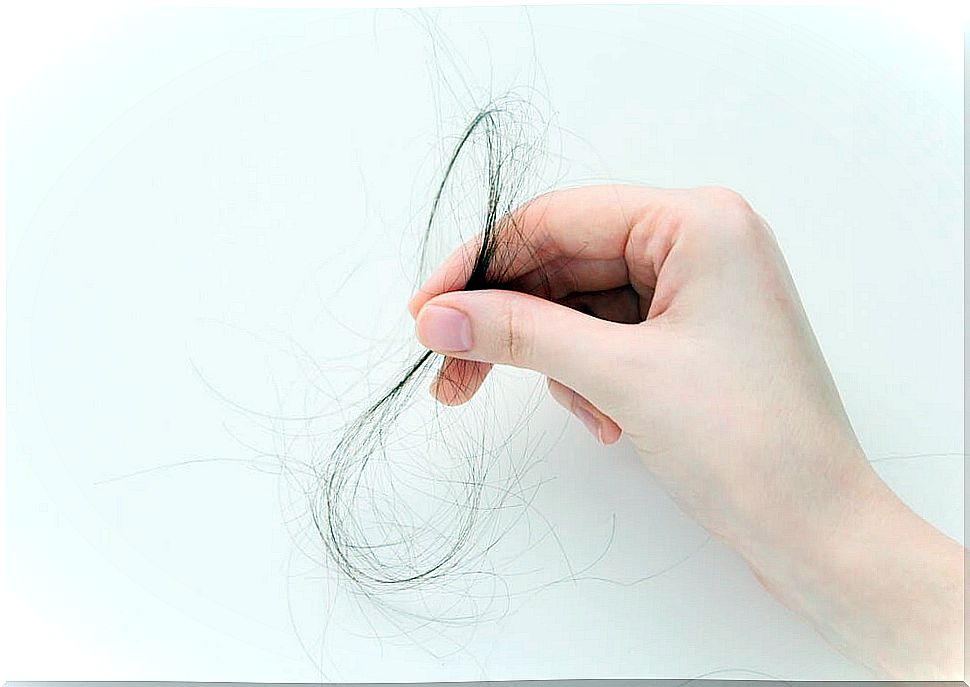
The consequences of this behavior are significant and can greatly affect a child’s life. Of these, the most obvious is hair loss, which can lead to bald spots, areas with hair of different lengths and wounds on the scalp caused by pulling. Serious digestive problems can also appear if the child eats the hair after pulling it out (trichophagia). In this case, intestinal obstruction, nausea, vomiting and lack of nutrients can occur.
Why is it produced?
Several causal factors are involved in the origin of trichotillomania. There may be a genetic and hereditary component, and an imbalance of neurotransmitters also appears to have been influenced. However, the psychological aspects have a high weight.
Events such as moving, parental divorce or any other sudden change in the minor’s environment can act as a trigger for trichotillomania. Children, by definition, have poor impulse control. And, if we add to this the need to cope with a stressful situation and the lack of coping tools, the problem is served.
What is born as an innocent behavior that seeks relief from tension ends up becoming chronic. In addition, a relationship has been found between trichotillomania and other conditions such as obsessive-compulsive disorder, anxiety, depression or onychophagia (nail biting).
Is there treatment?
Fortunately, there are proper techniques to address this disorder. Cognitive-behavioral psychotherapy has been shown to be the most effective in reducing and eliminating trichotillomania.
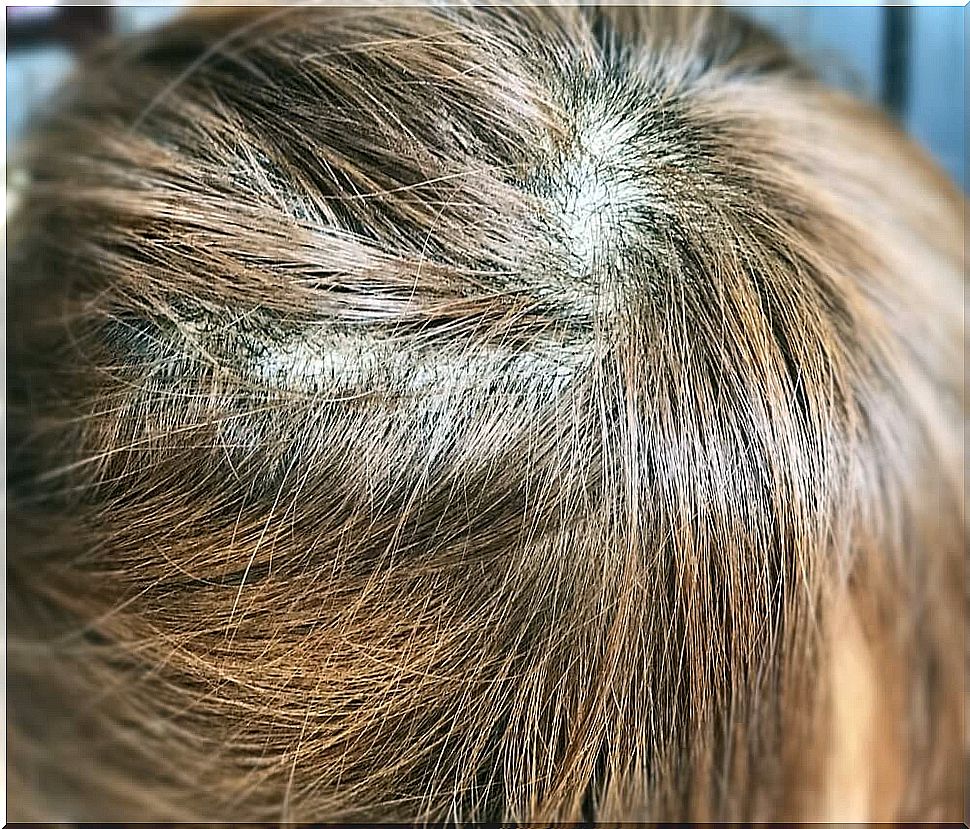
The procedure is based on the fact that, at a point, the child does not consciously and deliberately pull out his hair. The behavior has already become a habit, an automated sequence. For example, when you are bored or doing homework, you may start kicking off without realizing it.
The objective will be to help the child to be aware of when he is going to perform the behavior and to control his impulses. This is accomplished through the habit reversal technique. This technique consists of establishing a physical response incompatible with pulling out the hair, which the child must carry out whenever he feels the need to do so.
These types of interventions have been very successful, but parent collaboration is essential. If your child is in this situation, do not be alarmed, help him to understand that he is not the only one, that he is not alone and that you can teach him tools to improve. Above all, do not blame, punish or reproach him for his behavior, as it is not controllable for him. Going to a child psychologist can make a difference in your quality of life.
